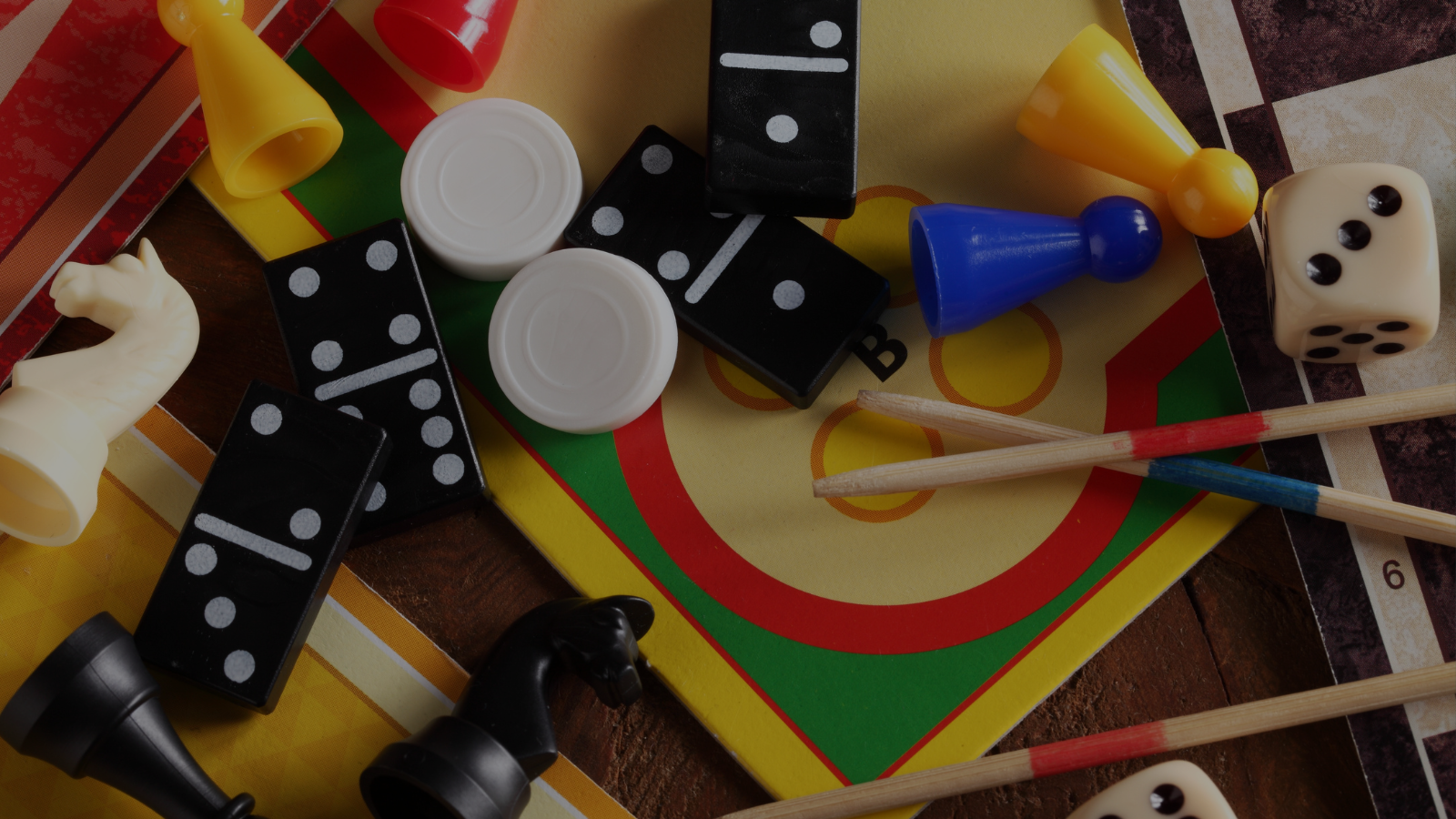Have you ever played the Mouse Trap game?

As a kid, I wanted this game after seeing the TV commercials. It looked fun by showing the complicated maze and moving parts. This desire changed after I played the game at a friend’s house. We spent time setting up the plastic contraptions. Then spent more time working around the board by rolling dice and advancing with our pieces. Finally, someone set off the mouse trap and we watched the action! The ball rolled, knocked the man in the basket, and lowered the basket over the mouse for trap success and game over. That magic moment lasted 5-7 seconds max. But, getting to that magical moment took an hour. Needless to say, we didn’t play that game often.
Unfortunately, lawyers can create a similar situation with their opening statements. I call these “mouse trap opening statements”. These opening statements force jurors to listen to a longer than necessary setup. The jurors then hear the same story or facts repeatedly until the lawyer finally gets around to giving the main points showing how the defendant is responsible. The jurors are trapped in the same crummy trade-off as the board game except the stakes are much higher!
Mouse trap opening statements are problematic and highly risky for several reasons:
- Lose the jurors’ attention
- Cause confusion
- Annoy and frustrate
All in all, this kind of opening statement can (and will) put a lawyer “behind the ball” during the trial and possibly even lose. Why? The jurors could be so lost, mixed up, and irritated they give up trying to understand. From the lawyer’s perspective, it would be difficult to discern what they learned or retained from the opening, thus leaving an uneasy feeling or a lack of confidence.
Also, notice the significant amount of time and effort to draft and edit this kind of opening statement. A shorter opening statement takes less time to write and practice.
So let’s look at how we can avoid creating a Mouse trap Opening Statement by walking through the 3 setbacks of the game:
- Long and complicated set-up
- Needing to play the entire board
- Waiting till the end for the “fun” of the mouse trap
Do we need a long and/or complicated setup?
Procedurally, our opening statement will give jurors the first glimpse at the facts and circumstances of the case. Being first is an advantage. We lose this advantage when we lose the jurors’ attention.
Typically, the answer is to just give them all the setup and background. This constrains the jurors to sort out what is needed and not needed, which is adding a burden to their already difficult jobs. Under this pressure, jurors may not keep the “right” information or may create their own assumptions about information.
One way I look at answering this question is to consider how much experience a juror (i.e. normal person) would have with this situation or circumstance. The more unique or unusual the situation, the less experience a layperson is likely to have. And vice versa the more common a circumstance, the more experience a layperson would have. Lawyers tend to forget the profession exposes us to unusual situations and circumstances. The goal is to balance the time spent on setup with the experience level. An opening statement should spend time educating jurors when the circumstances are outside their normal lives. Likewise, an opening statement should omit setup for situations that are common. Using focus groups can tremendously help understand and find the layperson’s experience or knowledge level.
For example, a car wreck is a situation most people have experienced either themselves or at a minimum most if not all people will have the experience of driving and following traffic laws. For a car wreck opening statement, you would not need a long setup or detailed context for jurors to understand.
Contrast that situation with a medical malpractice circumstance. Yes, lay people go to the doctor or hospital. However, most folks don’t understand the internal mechanics or diseases of the body, or do not know the rules or standards doctors must follow. For example, lay folks know what a stroke is and what the result of a stroke is (i.e. paralysis of half side of face or body). Yet, most do not know the physiological causes, what stops a stroke, or what can complicate the condition. In this situation, you would find a way to balance: internal medicine and the juror’s stroke knowledge.
What about a case that involves little or no experience? For example, cases involving scientific processes or patents/trademarks. This does not automatically mean you should pile on with background and setup details. You apply the same principle of balancing, and spend additional time with how to cut, simplify, and relate it to a common experience. For example, a commercial business contract dispute involving building an airport, millions of dollars, and fraud allegations. Focus groups were continually lost and confused on the levels of bureaucratic approvals and intricacies of the parties. However, the common experience is the contract, the agreement. Therefore the lawyers simplified the opening statement to this common experience and left the bulk of the details for trial.
Questions to ask:
What knowledge or experience would normal folks have with the facts and circumstances of my case?
Is the depth of knowledge and experience strong enough able to find the defendant responsible?
Most cases will need setup or context. It’s a matter of determining how much setup. Another thing to keep in mind, opposing counsel won’t provide context or background unless it shows you left out information (i.e. you are untruthful).
Do we need to play the entire game?
Part of the Mouse Trap game is rolling dice over and over to move across the board. The makers of the game require you to roll and repeat to get to the end. When jurors hear the opening statement, they have very little information about what their job is and what the case is about. If we dump all the details of the story into that time, jurors can become overwhelmed. Trying to make jurors juggle necessary and unnecessary parts of the story is dangerous. They will be forced to drop and forget parts, and you won’t know what they dropped until the verdict.
Furthermore, some lawyers believe it’s persuasive to repeat facts or case themes over and over. It’s like saying to jurors “I know you didn’t hear me the first time so here it goes again.” Jurors get weary and frustrated by this behavior.
At a minimum, jurors know their job is to resolve a dispute. The goal of an opening statement is to keep the story clear and simple but let them finish the job. Essentially, leading them to the answer without hitting them repeatedly over the head with it. The trial will allow for the entire story to come out and for details to be added if needed.
Let’s go back to the opening statement for a car wreck. The story is the defendant took his eyes off the road before the intersection caused a crash. At this point, the jury doesn’t need details about the weather, the direction he was traveling, or the number of lanes of travel. That information could be displayed in a visual (i.e. a bird’s eye view of the intersection) and be more effective at teaching the jury how the crash occurred.
In contrast, the opening statement for a medical malpractice case involving two hospitals. The opening statement story explained the patient went to two hospitals over 14 days and provided details about nutrition, the patient’s weight, and the ability to move his legs. It was too much to follow. Jurors couldn’t figure out what mattered the most or what caused the patient to lose his legs. The opening was also heavily laden with unexplained medical terms, which is another way to confuse folks.
Again, we are talking about the opening statement. I’m not talking about your entire trial or witnesses or closing. For the opening statement, we don’t want to burden jurors to go through the entire detailed story or annoy them by repeating the same thing over and over.
Questions to Ask:
Does the opening statement repeat facts or case themes more than 2 or 3 times?
Are there details that can be saved for witnesses at trial?
Is this story simple and clear?
Do we need to wait till the end to release the mouse trap?
Remember in the board game you had to wait until the end to set off the contraption and trap the mouse. You don’t want to keep your trap(s) or main point till the end of the opening statement. The juror’s attention will be long gone.
Lawyers have to urge to want to build up anticipation in the opening statement, like a murder mystery show hosted by Lester Holt. But we don’t have that kind of time or clever editing. We want jurors to see the ways we trap defendants early and often. Here are a few examples of traps defendants can fall into: violating rules or laws, lies, or their own documents.
The more we show them the traps, the better off we are. It is way more fun and entertaining for the jurors because the opposing counsel then has to stand up and respond.
We have to make sure our traps are tight so that no one can sneak or wiggle out. Traps can be set in deposition or discovery requests. Some traps are there from the start of a case like statements at the scene or admissions by doctors. Remember they need to be secure in the trap and it needs to be powerful and have significant meaning.
For example, a case involved a dump truck that made an illegal turn and smashed into a car. The lawyer had found three traps. Trap 1: The dump truck driver did not fill out his application truthfully. Trap 2: The company used the wrong application. Trap 3: The company didn’t train driver on how to map a route/plan a safe route. In an attempt to find the strongest trap, the lawyer put the information to focus groups. The application violated federal rules and the truck driver lied. But no power in it. Focus groups completely ignored the application because it wasn’t connected to the crash and it also could be seen as an ‘honest mistake’ by the driver and company. However, they were extremely upset about Trap 3 as it had a significant impact to the crash and was powerful because it could be a mistake the company made with all its drivers.
Questions to Ask:
What traps do I have?
What is the strongest trap?
How can I put my strongest trap early in the opening statement?
At end of the day, when it comes to avoiding writing a Mouse trap Opening Statement:
- Set up: How much? What’s the experience/knowledge level?
- Playing the whole game: You don’t need to do it instead let the jurors play it out
- Waiting to trap the Defense: Don’t wait for your main point – first and frequently, use the strongest traps.
Avoid putting jurors through the whole mouse trap. Instead, bring them the best stuff with context and let them play it out.







